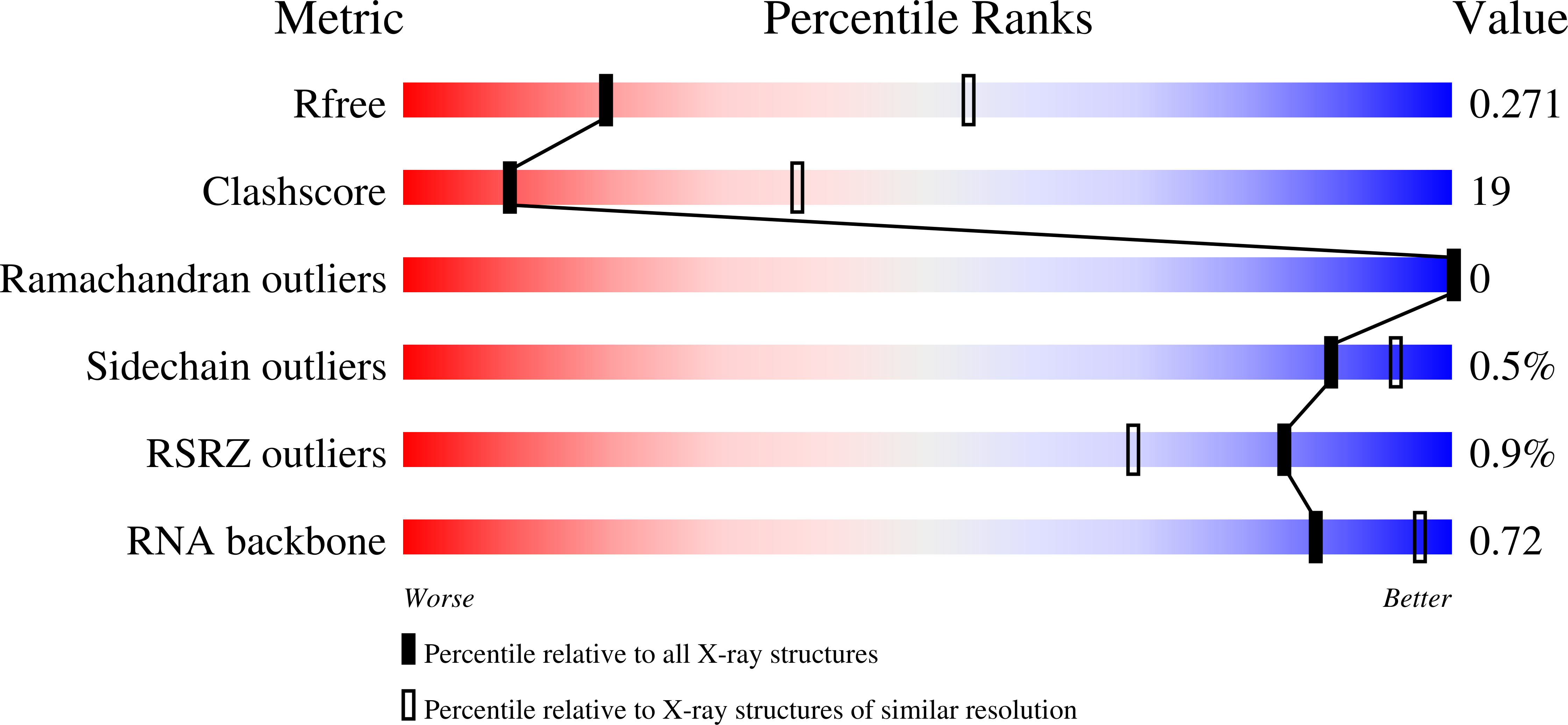
Deposition Date
2022-01-26
Release Date
2022-03-30
Last Version Date
2024-11-13
Entry Detail
PDB ID:
7TQB
Keywords:
Title:
Crystal structure of monoclonal S9.6 Fab bound to DNA-RNA hybrid
Biological Source:
Source Organism:
synthetic construct (Taxon ID: 32630)
Host Organism:
Method Details:
Experimental Method:
Resolution:
3.10 Å
R-Value Free:
0.27
R-Value Work:
0.22
R-Value Observed:
0.23
Space Group:
P 1 21 1


